Affiliate Disclosure: We earn a commission if you purchase through one of our links at no additional cost to you.
Hello, friends & neighbors! How would you – yes, you – like to improve your photography? Don’t be misled by feelings of doubt and inadequacy. The more your photos suck, the great opportunity you have for improvement. I have no doubt that each and every one of you looks at the photos of some other photographer and wonders just how they did that. Why are their photos so great? What keeps me from reaching that level?
I’m not here to tell you that you’ll ever be as good as your idols, but you can be better than you are today. Yes, sirs & ma’ams, you too can improve your photography with five – count ’em, five – simple and easily understood tips. It does not matter what form or style of photography you like; you can get better. It doesn’t matter what camera or gear you have, you can get better. Everything you need is right here and I’m going to help you achieve improvement, if not actual success!
Now, I know what you’re thinking. That’s a big promise, and I’d like to improve my photography, but what is this going to cost me? It’s a perfectly reasonable question, but it’s not the right question. Since I’m going to transform your photographic world in a very short amount of time, the better question is, “What are you willing to pay?” How much is enough to give you insight that to transform your works of mediocrity into works of art? Would you pay one hundred dollars? One thousand dollars? Some people have gone to workshops and paid several thousand dollars and still not received the information I’m going to share with you. Just think of the competitive advantage these five simple and easily understood tips will provide for your photography! Can you put a price on something that special?
I can’t, so I’m going to share these five simple and easily understood tips for free! That’s right, you will not have to pay me. You will not have to buy any gear. Your only cost is the time it takes to read these words and absorb their true meaning. While the reading may go quickly, you could spend a lifetime absorbing the wisdom shown here. Over time, you’re going to find yourself in the midst of photography and potentially getting overwhelmed or confused. That’s when you take a deep breath, relax, and heed the amazing advice contained in these five simple and easily understood tips. With that warning in mind, brace yourself and continue reading!
#1: Patience

What makes a photograph art instead of a snapshot? Patience! Just because you want a photograph right now doesn’t mean the subject is ready for your right now. You may have to wait for a sunrise or sunset. You may have to wait for a bird to land on a post in the water. You may have to wait for the perfect wave to crash. Maybe – just maybe – you may have to wait for all of these elements to coincide to get a shot that no other photographer will get because they weren’t patient enough to let things happen. Maybe they weren’t patient enough to see what happened next. The world will unfold on its own schedule, so pick a good spot – be patient – and be ready to capture the moment.
#2: Timing
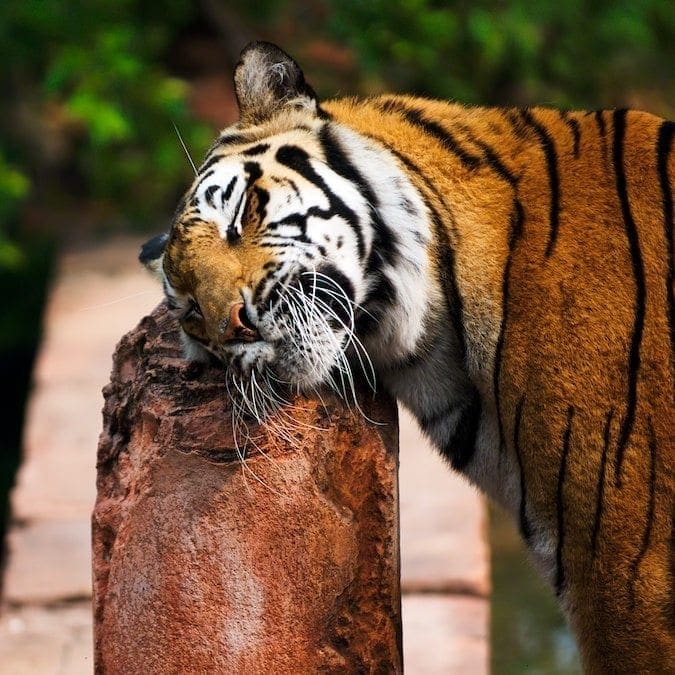
Friends and neighbors, you’ve been patient. You waited for your moment. It’s time to grab it and make your image come to life. Are you ready? Are you able? That scene may take a long time to arrive, but it can also be over in a fleeting moment. Timing is an essential part of photography, but perhaps not on the same scale you’re thinking about. Many photographers enjoy shooting rapid-fire to get an action shot – spray and pray – and hope they have something good when the action is over. That isn’t control, though. It’s trusting your fate to luck.
It doesn’t matter if you’re shooting wildlife, sports, war or a model in a studio. There’s a concept known as the peak of action, and that’s the shot you want to capture. You may get it with spray and pray, or you may not. Rather than firing off a blast of shots, think about your subject. Put yourself in the subject’s position. Look for repeated action. Look for patterns, rhythms, or any clues that will help you predict when and where your subject will be at the optimum moment to capture the image at the peak of action. Imagine for a moment that you’re seeing a baby taking first steps. What’s the peak? Is it when the foot is moving forward, or when that foot is as far forward as it’s going to go before it comes down?
A big part of timing is knowing your subject. You need to know when is the optimum time for that subject to arrive in just the right place. That doesn’t apply just to action photos, either. Seasons change, and with them, the scenery changes. If I want early-morning scenes with fog over a lake, I know I’ll have my best chance in my area during the Spring season. Fog happens when the temperature and dew point are equal, or within a degree of each other. It’s not just a matter of being hot or cool, muggy or dry. There’s a perfect combination that needs to happen. Though it may occasionally happen at different times of the year, I know when and where it will happen repeatedly, and that gives me the best time to go for the shot.
#3: Intimacy
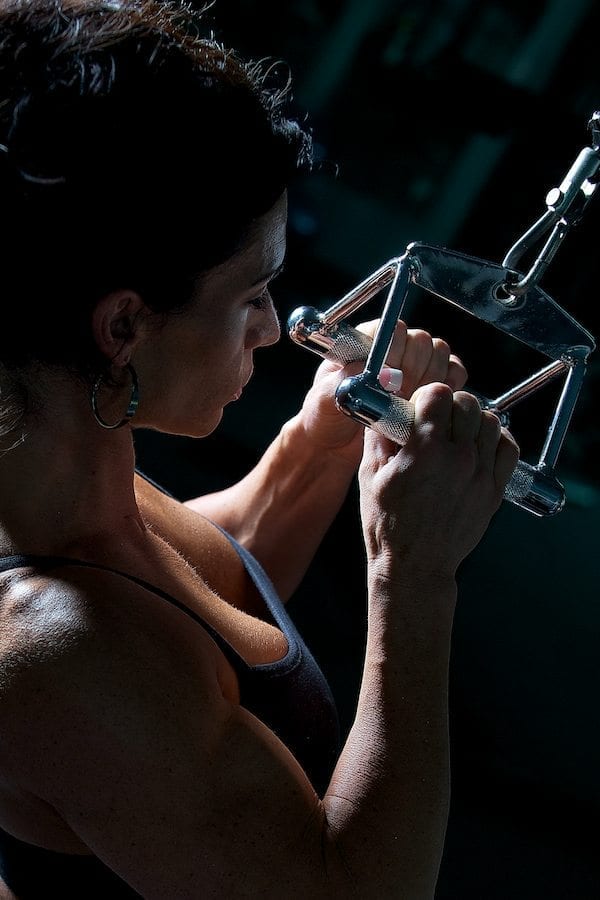
You may have heard this advice by other names – fill the frame, get closer. I like to refer to it as intimacy, because that’s what you’re trying to achieve. You don’t need to get closer to your subject so you can check out the sharpness. Instead, you need to show a connection. Sometimes that means creating a connection between the subject and the view. In other cases, like this one, it means showing a connection with your subject and something important. Our subject, Connie, is a body builder preparing for a competition. She goes through a number of exercises, of course, but I chose this one to tell her story.
From this perspective, you see that she’s strong. She’s intent. She’s focused. The story is about her, but the handles show a relationship that helps define her as the subject. She has a relationship with the weights she’s lifting. She needs them in order to be the woman she wants to be. We show this relationship with those handles close to her. That’s the peak of action, when she bears the most pressure. That’s when the relationship is at its most intense and intimate moment. Intimacy helps the viewer understand her story.
#4. Light
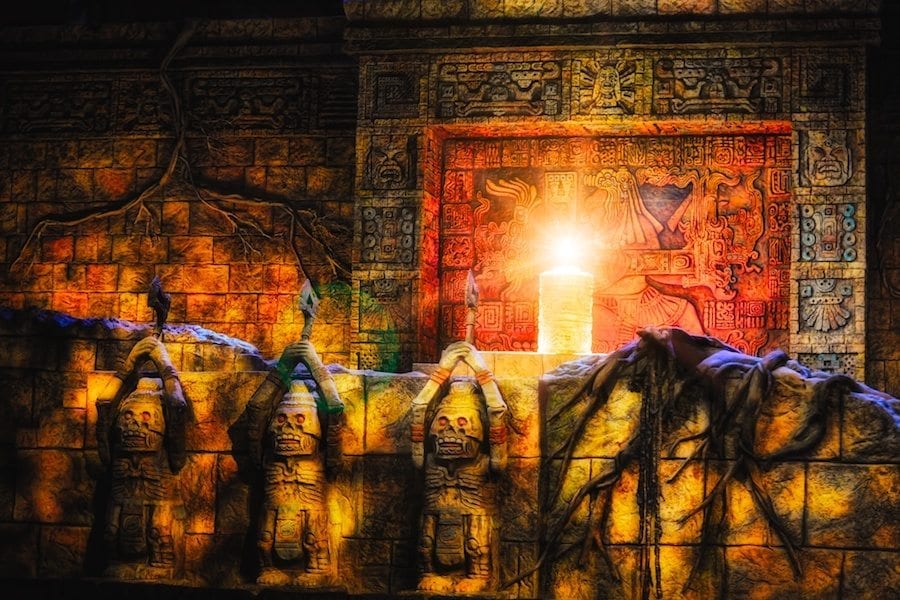
As a photographer, light is both your enemy and your friend. If you don’t have light, there’s no photo. If you have too much light, there’s still no photo. That’s because an evenly lit photo is little more than a dull snapshot. Nothing stands out. Nothing is special because you see everything. There’s no mystery – you see it all. Without shadows, we have no sense of depth or dimension. Shadows are crucial. Their sense of darkness give shape, form and a sense of importance to the part of the photo in the light. I heard a saying from Scott Kelby, who heard it from Joe McNally, who heard it from his editor at Life (who I suspect may have heard it from someone else).
If you want to make something interesting, don’t light all of it.
If there’s anything about this photo that gives a sense of moodiness, it’s the absence of light that does it. Those shadows give a sense of gloominess, they show the edges of carving along the walls and statues. Those features stand out because of darkness and light working in concert with each other. Without that contrast, you have no story because it won’t have anything to hold your interest. It’s just a snapshot.
#5: Story

I’ve mentioned this in the previous tips, but those were tools to lead you to the ultimate tip. If you want to improve your photos, then your photo needs to tell a story. It needs to say something to the viewer. It needs to draw them in and make them wonder. It needs to pique their interest. People look at images that are interesting. What makes them interesting? The photo communicates something to them.
Why is the girl in the water? What is this creepy place? I wish I had her dedication. Why does this dangerous beast look so content? Where is this relaxing scene? There are stories for any emotion. If you can feel an emotion, then there’s a story to go with it. That’s what you need to capture and share with your viewers.
How many times have you been someplace amazing, taken a photo, and then realized that you didn’t capture the part that amazed you? Those are the kind of photos where you tell a viewer, “Well, you had to be there.” In other words, those are the kinds of snapshots that anyone can take because they don’t tell a story. You have to convey the sensations and feelings that inspired you to take the photo. Maybe it isn’t the whole scene that tells a story. Maybe it’s an intimate detail. Maybe it’s the way that detail appears in the light. Maybe it’s a peak moment. You need all of the elements of story-telling to collide at the perfect moment to make your memorable photograph.
That’s how you improve your photography. It won’t happen overnight, and maybe you won’t reach the level of your idols. That’s OK. Spend less time wishing you took pictures like them and more time studying what you’d like to improve about your own photos. Don’t overwhelm yourself trying to do it all at once. Pick an element. Practice with it. Take the time to master it so it becomes second nature. Then pick another element and do the same.
To me, that’s the joy of photography. There’s always room for improvement.







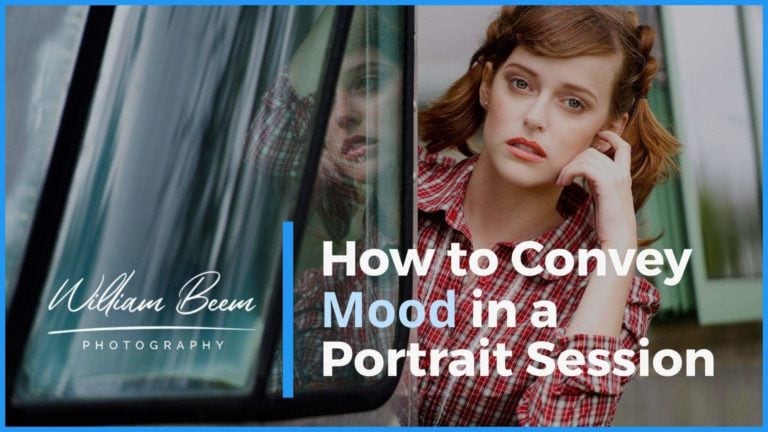
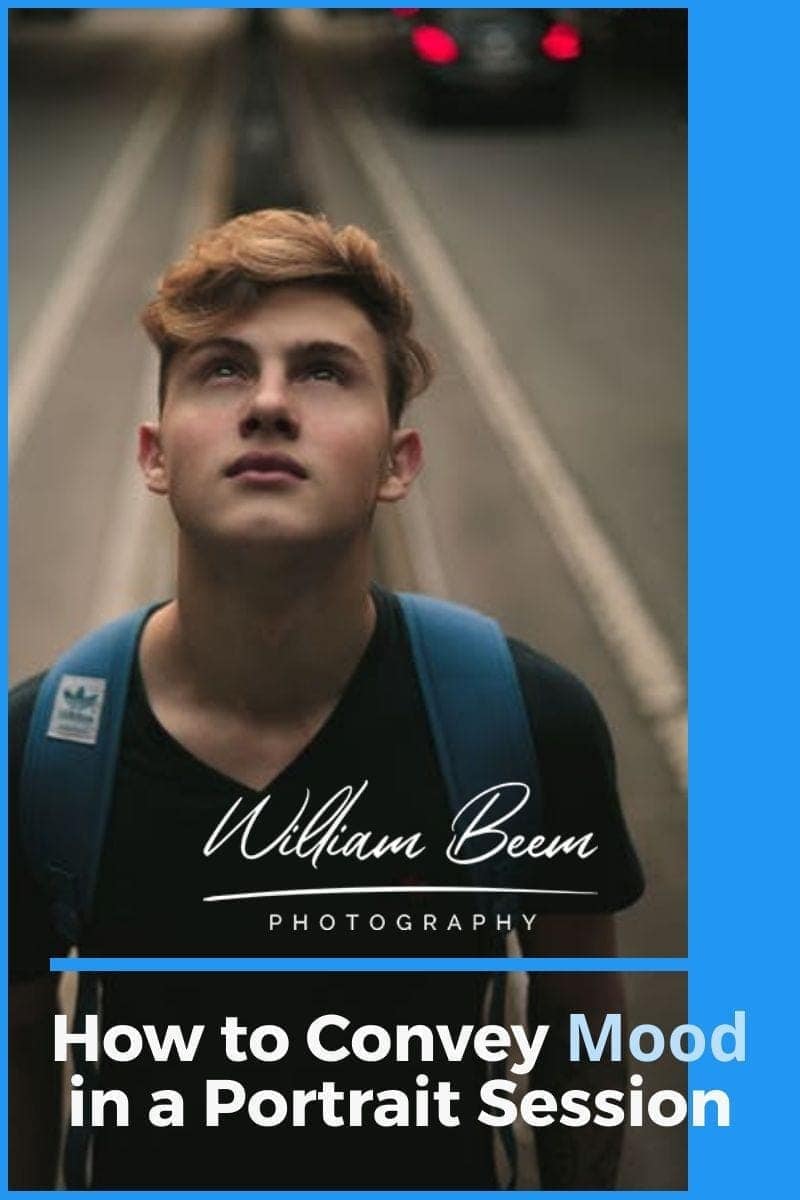
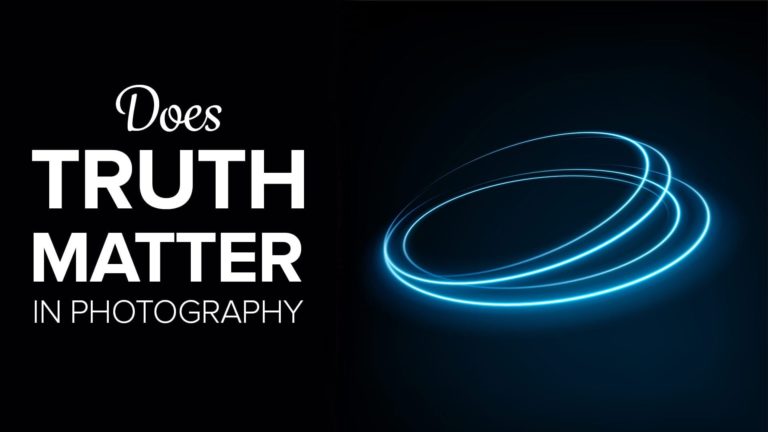
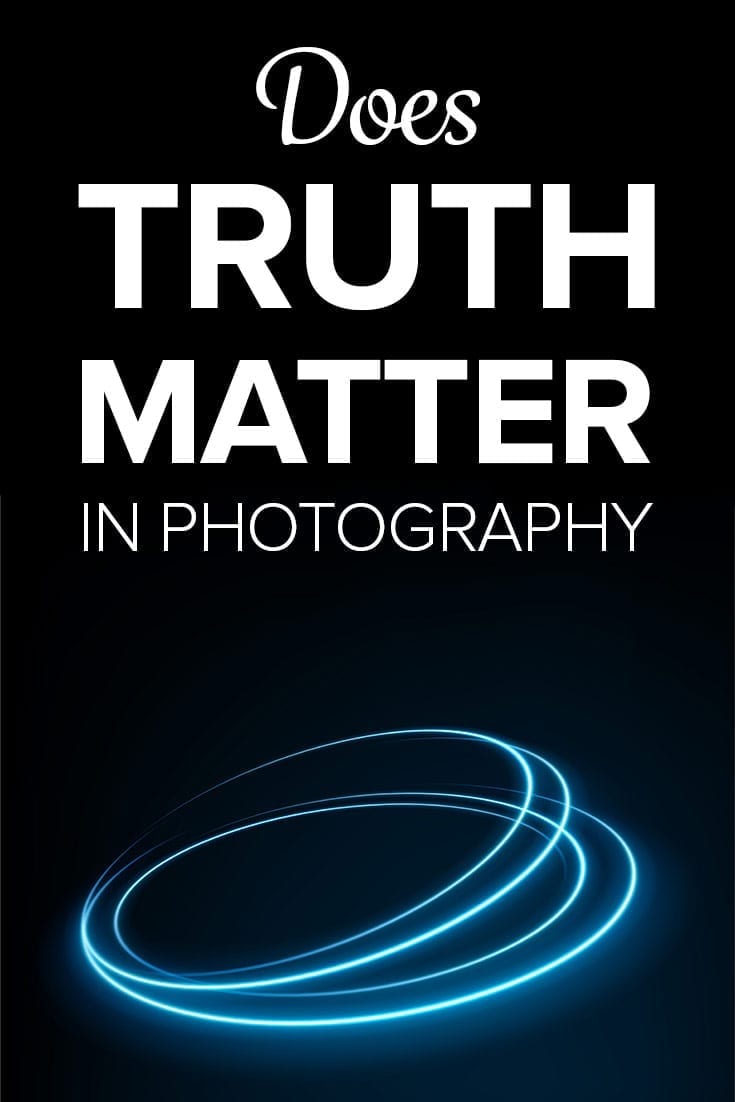
Hi William
I am an Swedish amateur photographer and I just wanted to tell you that your blog is great. It inspires me and it make me think.
Regards
Jonas Berggren
Jonas,
Thank you! I do this for the fun of it, but it’s very rewarding to read comments like yours. I truly appreciate that you took the time to share with me.
Great Topics William!
I will definitely be checking your Blog more often now that I found it!
I ran into it by searching Aperture Vs Lightroom, and I’m an Aperture user 😉
Ric